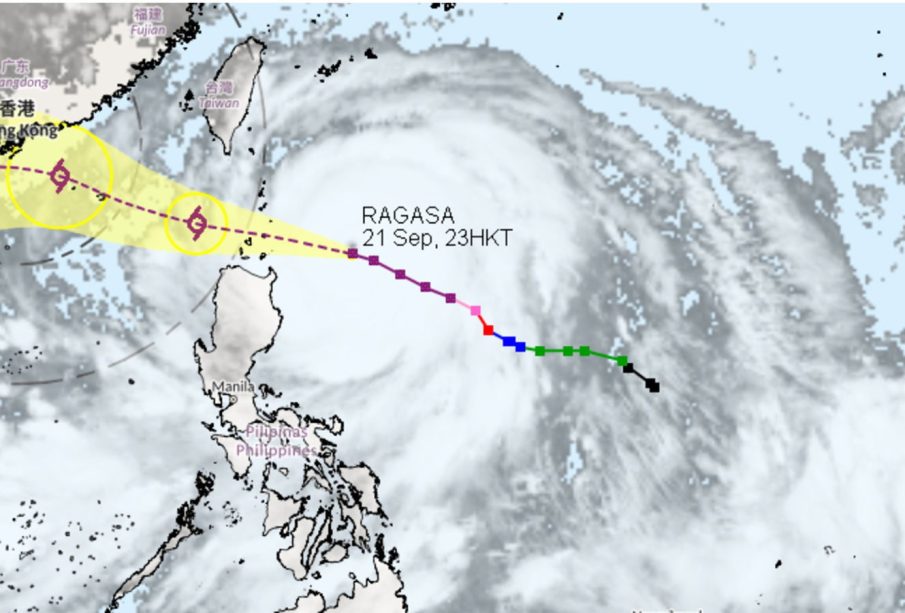Super Typhoon Ragasa: Impact on Hong Kong and Safety Measures

The Importance of Super Typhoon Ragasa
Super Typhoon Ragasa recently made headlines as it approached Hong Kong, prompting a series of safety measures and warnings from local authorities. Understanding the impact of such natural disasters is crucial, especially for a densely populated urban area where typhoons can result in loss of life and property damage.
Typhoon Details and Current Events
Ragasa was classified as a super typhoon as it approached Hong Kong, packing winds of up to 180 km/h and heavy rainfall forecasts of up to 300mm. As the storm made landfall, the Hong Kong Observatory issued a No. 8 Gale or Storm Signal, warning residents to prepare for adverse conditions. Schools and businesses were closed ahead of the typhoon’s arrival, and public transport was significantly disrupted, with many flights grounded or delayed.
As the storm progressed, reports emerged of flooding in low-lying areas, along with instances of landslides in the outskirts. Emergency services were mobilised to assist those affected, ensuring that necessary supplies were distributed and that vulnerable populations were given priority for safety. The local government conducted regular updates on social media to keep citizens informed of developments and safety precautions.
Long-Term Implications and Recommendations
The aftermath of Super Typhoon Ragasa is expected to resonate for weeks as recovery efforts begin. Local authorities and emergency services are focused on restoring normalcy, which includes clearing debris, restoring power, and assessing the overall damages inflicted. In the long term, such extreme weather incidences put a spotlight on the need for urban planning that considers climate change effects and natural disaster preparedness.
Residents are encouraged to stay updated with ongoing advisories and to participate in local disaster preparedness programs. This typhoon serves as a reminder of our vulnerability in the face of nature’s forces and highlights the importance of community resilience and government response in mitigating the impact of similar future events.
Conclusion
Super Typhoon Ragasa has underscored the necessity for proactive measures and effective communication in disaster preparedness. As Hong Kong recovers from this event, it becomes pivotal for both authorities and citizens to analyse the lessons learnt from this experience to enhance safety protocols for future storms.







